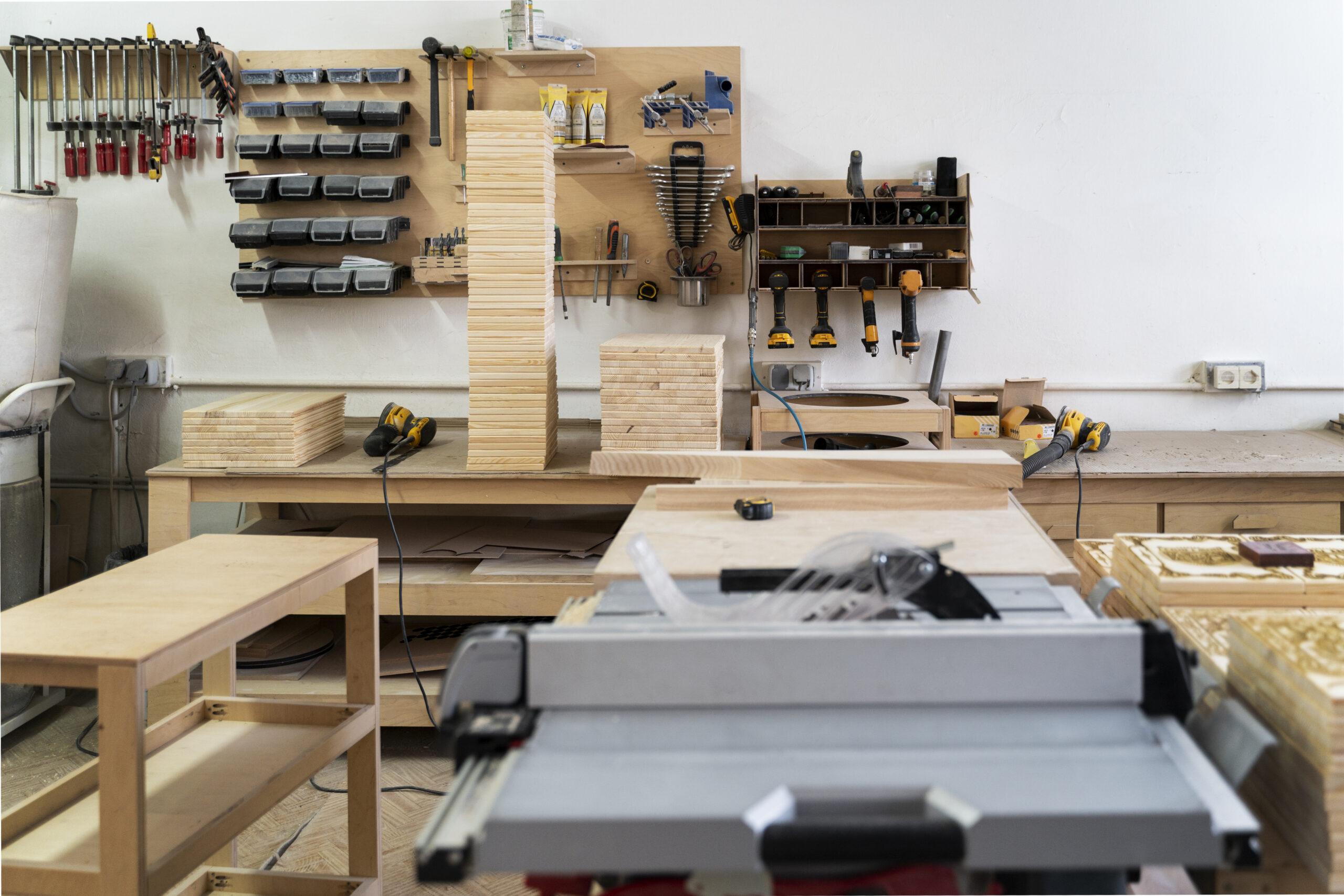Wood finishing transforms raw lumber into beautiful, durable furniture. Proper surface preparation and finish application determine final appearance.
Quick Answer: Sand progressively through grits, raise the grain, apply stain evenly, and build protective topcoat layers. Each step affects the final result.
Surface Preparation
Remove mill marks and scratches through progressive sanding. Start with 80-grit and work through 120, 180, and 220-grit. Sand with the grain direction to avoid cross-grain scratches that show through finish.
Stain Application
Apply stain evenly using cloth, brush, or spray. Wipe off excess after penetration time. Test stain on scrap matching your project wood. Gel stains control blotching on pine and other problem woods.
Topcoat Options
Polyurethane provides durable protection for high-use surfaces. Oil finishes penetrate wood for natural appearance. Lacquer dries quickly for production work. Choose finish based on use and desired look.
